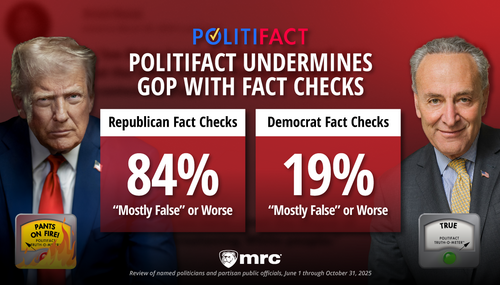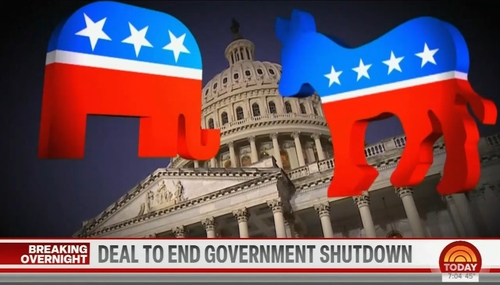
We are now six months into the failed Auto Bailout Era. Looking at the industry's four biggest companies, it has become clear that Ford is on the rise, General Motors continues to slip badly, Chrysler is fading into minor-player status, and Toyota's ongoing struggles continue.
In May, after April's sales results came out, two Associated Press writers noted Ford's ascendancy and uniquely hinted at its likely basis:
Detroit’s Big Three is becoming Ford and the other two.
While its rivals stay afloat with billions in government aid, Ford grabbed a bigger slice of the American car market in April .....
..... Most of ..... (Ford's) gains came at the expense of General Motors and Chrysler, which unlike Ford are dependent on federal help.
Other than that, there has been virtually no press recognition of what has to be seen as the most likely reason for the shift: Enough consumers to matter are continuing to shun the unsuccessfully bailed-out.
In an industry where rivals have traditionally fought tooth and nail to pick up a point or two of market share in a full year, the changes in the industry landscape in the six months since Washington began its failed attempts to bail out now-bankrupt GM and just-emerged, absorbed-by-Fiat Chrysler have been stunning, as seen below in this comparison of the industry's Big Four:
(Source Data: Wall Street Journal monthly Auto Sales Chart for June 2009 and June 2008; USA Today for Dec. 2008 and Dec. 2007; Web-Archived WSJ Auto Sales Chart for June 2007)
Here's what the graphic and the accompanying numbers show:
- GM, for all its considerable cost problems and in spite of steep sales declines, actually improved its market position relative to its three largest competitors from June 2007 through December 2008. That improvement ended and went sharply into reverse when the government began its failed bailout effort, putting the company back to where it was two years ago and trending in the wrong direction.
- During most of 2006, all of 2007, and early 2008, Ford's share of Big 4 unit sales suffered. The company was in the midst of pretending to ignore what I have called "the biggest boycott never reported" by a pro-family group. That boycott began in March 2006, and ended in March 2008. After that and until the end of 2008, Ford's situation relative to the other three companies improved a bit. But in the six months since failed bailout money has freely flowed to GM and Chrysler, Ford has cut GM's Big 4 market share lead from almost 14 points to a mere 5.
- Chrysler, which was sold to a private equity group in March 2007, and suffered terribly at the hands of Bob Nardelli, whose stated mission was to cut costs and dress the company up for sale. With the help of high gas prices in early 2008, he only succeeded in making the company look unappealing. In the last half of 2008, the hemorrhaging of the company's market share at least slowed down. But the decay accelerated again once government's bailout money began to flow. Chrysler is less than 40% of the company it was just two years ago.
- Toyota began having problems of its own in mid-2008 -- its market share loss during the second half of the year appears to have been GM's gain -- until the bailout money began to flow. Toyota still has significant challenges. But while it has seen Ford reclaim second place among U.S. sellers, it has gained overall Big 4 market share thanks to GM's and Chrysler's steep declines.
Not shown in the interest of avoiding over-complication: The rest of the industry has picked up about 5 points of market share at the expense of the Big 4 since the government's failed bailout efforts began. If this development had been incorporated into the graphic and stats above, the results would have shown GM's and Chrysler's situations as even more desperate, Toyota treading water, and Ford making a bit less positive headway.
There's even more to the "shunning of the bailed-out" story the press has ignored since the government's failed efforts began. Part 2 will deal with that.
Cross-posted at BizzyBlog.com.




